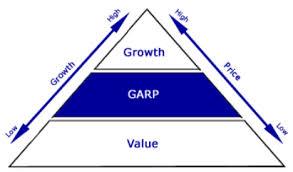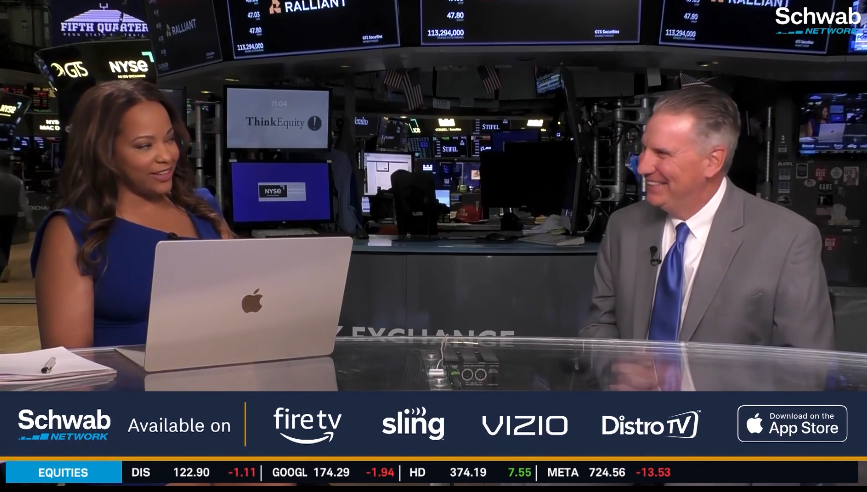
Considering a GARP Strategy for your Investment Portfolios?
Considering a GARP Strategy for your Investment Portfolios?
Growth at a reasonable price (“GARP”) investment strategies are nothing new on Wall Street. Legendary investors such as Peter Lynch, who was the former portfolio manager of the Fidelity Magellan mutual fund, and Warren Buffet, the well-known Chairman and CEO of investment conglomerate Berkshire Hathaway, have both employed GARP techniques as a part for their stock selection criteria. However, the ways in which GARP strategies are implemented vary greatly and it is these variances that can cause wide differences in investment results. In other words, the inputs greatly impact the outputs in the world of GARP investment strategies.
As there is some confusion about what GARP is and what GARP is not, I believe that it would be helpful to define how we view GARP at SmartTrust®. Following a GARP stock selection approach, we generally look for companies that have been growing their earnings, not their stock price, and are trading at a reasonable price relative to these earnings. Some may suggest that this is a value based investment approach. While it can be argued that the employment of GARP screening criteria helps to identify the stocks of companies that offer a “good value” based on their current stock price and their sustainable growth potential, investors often associate the term “value” with stock dividends, which aren’t necessarily a primary component of many GARP investment strategies. Hence, calling it a value based investment approach may be misleading to some. As a result, I would suggest that GARP is more of a hybrid investment approach blending principles of growth and value together.
Source: www.Investopedia.com, January 2015
There are several metrics that GARP-oriented investment managers generally look to when identifying stocks for their portfolio strategies. These include, but are not necessarily limited to, the following:
- P/E Ratio – is the ratio of a stock’s current share price to its earnings per share (EPS).
- P/B Ratio – is the ratio of a stock’s book value per share to its total number of outstanding shares, where book value is determined by subtracting total liabilities from total assets
- PEG Ratio – is the ratio of the P/E ratio itself to the projected growth in earnings.
- ROE – is a measure of company’s profitability and is calculated by determining the amount of net income returned as a percentage of shareholder equity.
- Cash Flow – often a measure of the financial soundness of a company, cash flow can help to provide investors with an understanding of any excess cash that a company is generating that could potentially be redeployed elsewhere. These redeployments could take the form of any of the following:
a) Raising the company’s dividend
b) Buying back shares of the company’s stock
c) Acquiring other companies or divisions of other companies
d) Hiring additional employees
e) Expanding the company’s operations
f) Paying down existing debt
Using some combination of these statistics, and perhaps additional ones, GARP strategies attempt to select stocks that are believed to be associated with companies that are;
- well-run with a healthy balance sheet,
- growing their earnings, and
- trading at a reasonable price or are presently undervalued
While applying these criteria to any selection process may result in an attractive and timely investment portfolio, it does not ensure a profit in up markets nor does it prevent a potential loss in down markets. Different market factors can influence the price of a stock regardless of the strength of their balance sheets, their history of earnings growth, their expected future rate of earnings growth and their current valuations. Regardless, applying these criteria to any stock selection process, in most market cycles, is certainly worthy of consideration.
For more information on the GARP investment philosophy, and specifics on the particular GARP-based UIT solution offered at SmartTrust, please contact SmartTrust® at (888) 505-2872 or info@smarttrustuit.com and request a copy of the whitepaper entitled, “The World According to GARP.”
——————————————————————————————————————————————
This paper is provided for informational purposes only. The discussion of specific stocks or UITs is not a solicitation to buy or sell any of the referenced securities. Unitholders can lose money by investing in this Trust. The value of the Units and the Securities included in the portfolio can each decline in value. Investors should consider the Trust’s investment objective, risks, charges and expenses carefully before investing. The prospectus contains this and other information relevant to an investment in the Trust. Please read the prospectus carefully before considering an investment. If a prospectus did not accompany this literature, please contact SmartTrust at (888) 505-2872 or visit www.smarttrustuit.com to obtain a free prospectus.




